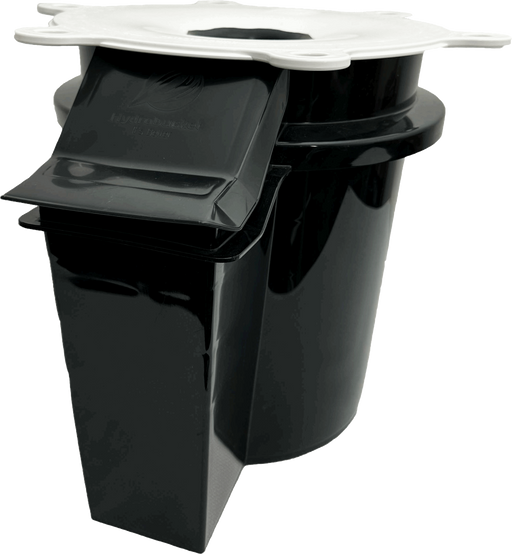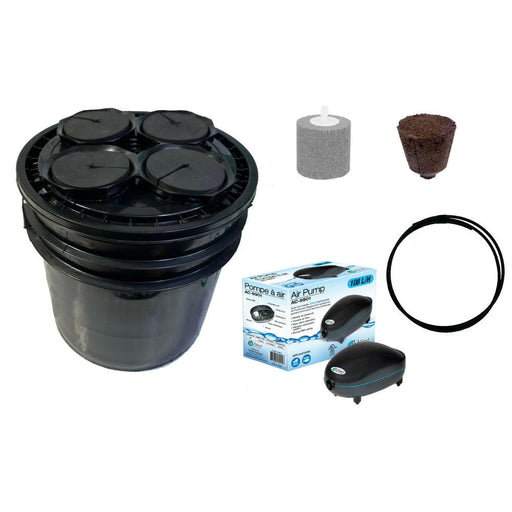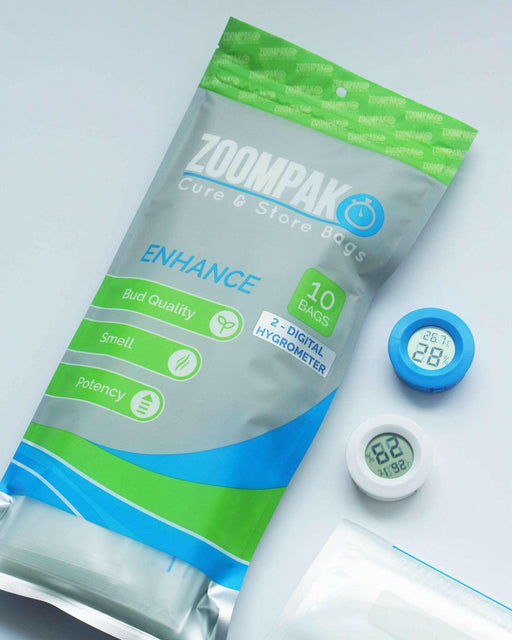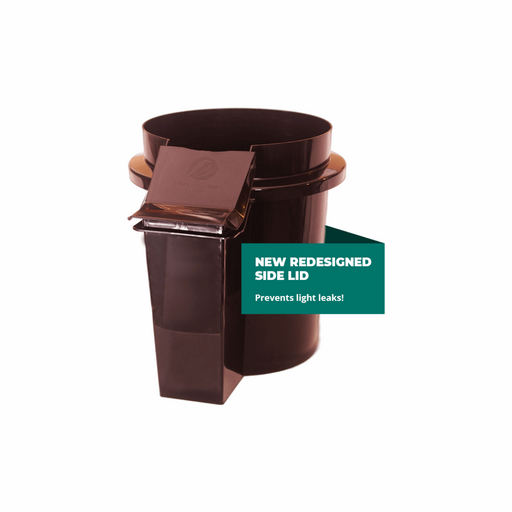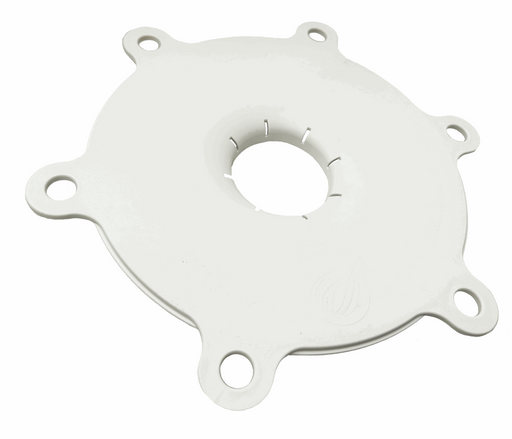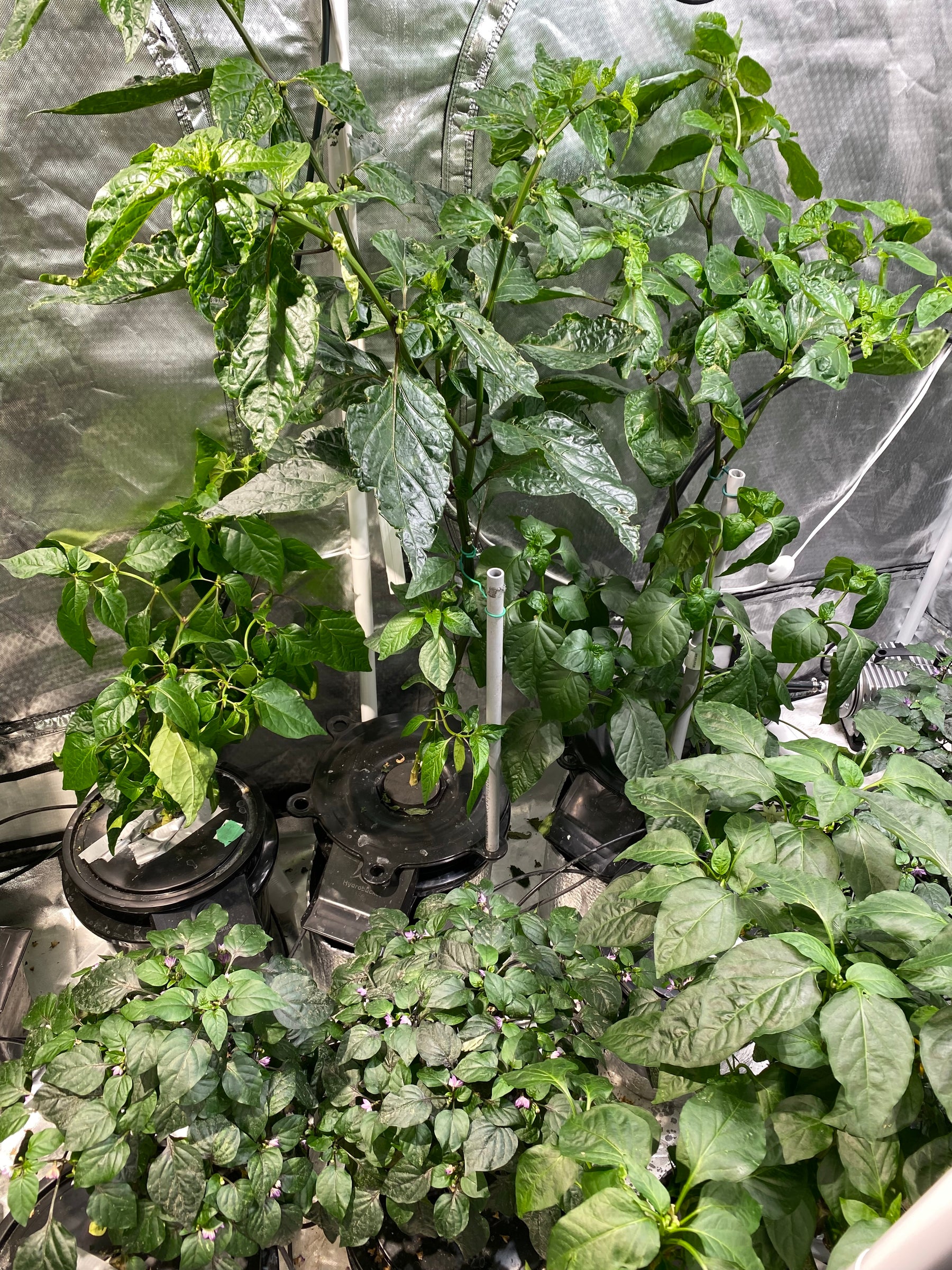
How to Balance a High PPM Nutrient Solution for Hydroponic Gardens
When maintaining a your hydroponic Nutrient Solution, balancing the PPM (parts per million) is crucial to ensure your plants are receiving the right amount of plant nutrients. Whether you’re growing in Deep Water Culture (DWC) or using other methods, achieving the right balance can be the difference between thriving plants and nutrient burn. In this guide, we will cover everything you need to know about balancing a high PPM nutrient solution, focusing on cultured nutrients and hydroponic garden success.
The Importance of Balancing Your Nutrient Solution

A balanced nutrient solution ensures that your plants receive the essential nutrients for healthy growth. Too little and your plants will starve; too much and they may suffer from toxicity or nutrient burn. Maintaining a balanced Hydroponic Nutrient Solution allows your plants to absorb nutrients efficiently, avoiding deficiencies or excessive buildup, particularly in systems like DWC.
In a hydroponic garden, nutrient balance is critical because there's no soil to buffer the nutrients, meaning the plants rely entirely on the water solution. Ensuring the correct nutrient levels helps avoid stress on your plants and supports robust growth.
Identifying an Over-Concentrated Nutrient Solution

One of the easiest ways to detect an overly concentrated nutrient solution is through visual signs from your plants. Here are the key indicators that your nutrient solution might be too concentrated:
- Yellowing Leaves: This can be an early sign that your plants are receiving too many nutrients.
- Burned Leaf Tips: Also known as nutrient burn, this occurs when plants absorb more nutrients than they need.
- Stunted Growth: While it’s easy to blame this on other factors, nutrient imbalance can play a significant role in poor plant growth.
In DWC systems, water temperature and evaporation can quickly alter the concentration of nutrients. Regular monitoring helps to ensure that your plants are receiving the proper amount.
Understanding High PPM Ratings in Nutrient Solutions

So, what is considered a high PPM for a nutrient solution? In hydroponics, PPM is a measure of how concentrated your nutrient solution is. The higher the PPM, the more nutrients are present in the water. Typically, different stages of plant growth require different PPM levels:
- Seedlings: 100-250 PPM
- Vegetative Stage: 500-1000 PPM
- Flowering Stage: 800-1600 PPM
In most hydroponic gardens, staying within these ranges helps ensure optimal plant health. Going over these limits can lead to nutrient toxicity, which could stunt growth or lead to more severe problems like nutrient burn.
Nutrient Burn: What Is It and How Does It Occur?
Nutrient burn happens when plants absorb more nutrients than they can handle, resulting in damaged roots and foliage. In most hydroponic systems, especially Deep Water Culture DWC, nutrient burn manifests as brown or crispy leaf edges and is typically the result of an unbalanced or overly concentrated nutrient solution.
Over-feeding your plants not only wastes nutrients but also puts the plants under undue stress. Preventing nutrient burn is essential for maintaining healthy plants and ensuring that they thrive throughout their growth cycle.
How to Recognize Nutrient Burn in Your Hydroponic Plants
Diagnosing nutrient burn is fairly straightforward. You can look for the following signs:
- Brown Leaf Tips: This is one of the first signs of nutrient burn.
- Wilting Leaves: Even though plants have enough water, they may appear wilted if they have absorbed too many nutrients.
- Slow or Stunted Growth: Over time, nutrient burn can slow down the overall growth of your plants, causing them to lag behind their healthier counterparts.
Early diagnosis and treatment are key to preventing further damage to your hydroponic plants.
Steps to Balance Your Nutrient Solution and Prevent Nutrient Burn
If you notice signs of over-concentration or nutrient burn in your plants, don’t worry. Here are a few simple steps you can take to balance your Hydroponic Nutrient Solution:
- Replace Some of the Liquid with Fresh Water: This step helps dilute the solution and reduce the overall PPM, allowing your plants to recover from any excess nutrients. When using systems like DWC, simply drain out a portion of the nutrient solution and replace it with fresh, pH-balanced water.
- Monitor Nutrient Levels and PPM Regularly: Regularly check your PPM levels to ensure they remain within the optimal range. This can be done using a PPM meter, which gives you an accurate reading of your nutrient solution's concentration. Make adjustments as necessary depending on the stage of plant growth.
- Use High-Quality Nutrients: Investing in high-quality cultured nutrients designed for hydroponics can help maintain a balanced solution and reduce the risk of nutrient burn. The HydroBucket is an excellent tool for easily managing and monitoring your nutrient solutions in Deep Water Culture DWC systems, allowing for quicker adjustments and better plant health.
- Observe Plant Responses: Your plants will tell you a lot about the quality of the nutrient solution. Be mindful of how they respond to changes and make adjustments accordingly.
Achieving Balance in Your Hydroponic Nutrient Solution
Balancing a high PPM nutrient solution in hydroponics, especially in DWC systems, is essential to plant health and productivity. By paying attention to nutrient concentrations, regularly monitoring PPM, and making necessary adjustments, you can ensure your plants are always in the best possible environment.
When working with a Hydroponic Nutrient Solution, the balance is the key to avoiding common problems like nutrient burn while promoting steady growth and high yields. Investing in tools like the HydroBucket simplifies this process, offering a streamlined way to monitor and adjust nutrient levels effectively.
Start Indoor Growing Today!
-
HydroCombo
Visionary HydroponicsOriginal price $92.00Original price $92.00 - Original price $92.00Original price $92.00Current price $74.00$74.00 - $74.00Current price $74.00Maximize your hydroponic gardening efficiency with the HydroCombo, an all-in-one solution for your Deep Water Culture needs. This high-quality comb...
View full detailsOriginal price $92.00Original price $92.00 - Original price $92.00Original price $92.00Current price $74.00$74.00 - $74.00Current price $74.00Sold out -
HydroSeed
Visionary HydroponicsOriginal price $69.00Original price $69.00 - Original price $69.00Original price $69.00Current price $55.00$55.00 - $55.00Current price $55.00Simplify Starting Your Hydroponics Seedlings Introducing the HydroSeed, our all-in-one solution to go from seed to harvest effortlessly, and cultiv...
View full detailsOriginal price $69.00Original price $69.00 - Original price $69.00Original price $69.00Current price $55.00$55.00 - $55.00Current price $55.00Save 20% -
ZoomPak Cure & Store 1/2lb Bags
Visionary HydroponicsOriginal price $44.00Original price $44.00 - Original price $44.00Original price $44.00Current price $35.00$35.00 - $35.00Current price $35.00ZoomPak Cure & Store 1/2lb Bags - 10 Pack The ZoomPak Cure & Store Bags are designed for the discerning horticulturist seeking to pre...
View full detailsOriginal price $44.00Original price $44.00 - Original price $44.00Original price $44.00Current price $35.00$35.00 - $35.00Current price $35.00Save 20% -
HydroBucket
Visionary HydroponicsOriginal price $43.00Original price $43.00 - Original price $43.00Original price $43.00Current price $35.00$35.00 - $35.00Current price $35.00HydroBucket is the answer to your Deep Water Culture hydroponics needs.It streamlines your home growing experience, allowing you to focus on nurtur...
View full detailsOriginal price $43.00Original price $43.00 - Original price $43.00Original price $43.00Current price $35.00$35.00 - $35.00Current price $35.00Sold out -
HydroLid
Visionary HydroponicsOriginal price $39.00Original price $39.00 - Original price $39.00Original price $39.00Current price $32.00$32.00 - $32.00Current price $32.00Premium Quality Hydroponic Lid for Optimal Fluid Movement and Plant Support The HydroLid is your essential tool for achieving optimal hydroponic gr...
View full detailsOriginal price $39.00Original price $39.00 - Original price $39.00Original price $39.00Current price $32.00$32.00 - $32.00Current price $32.00Sold out

